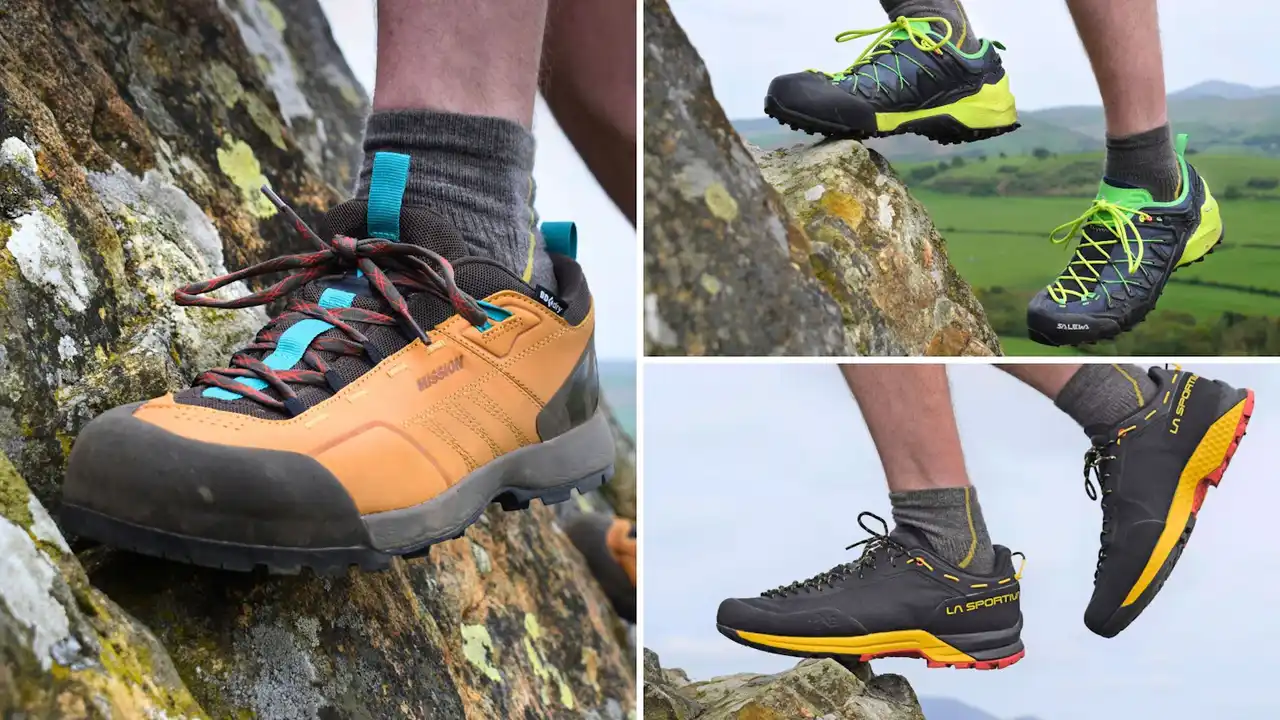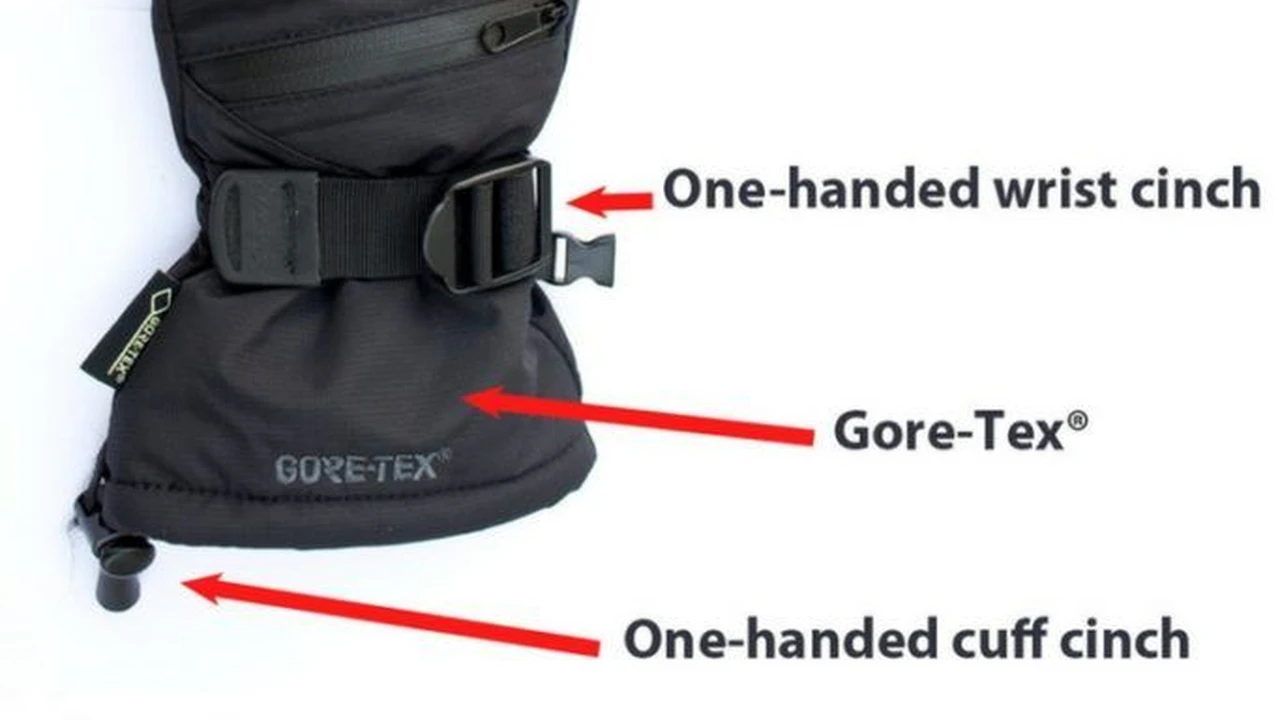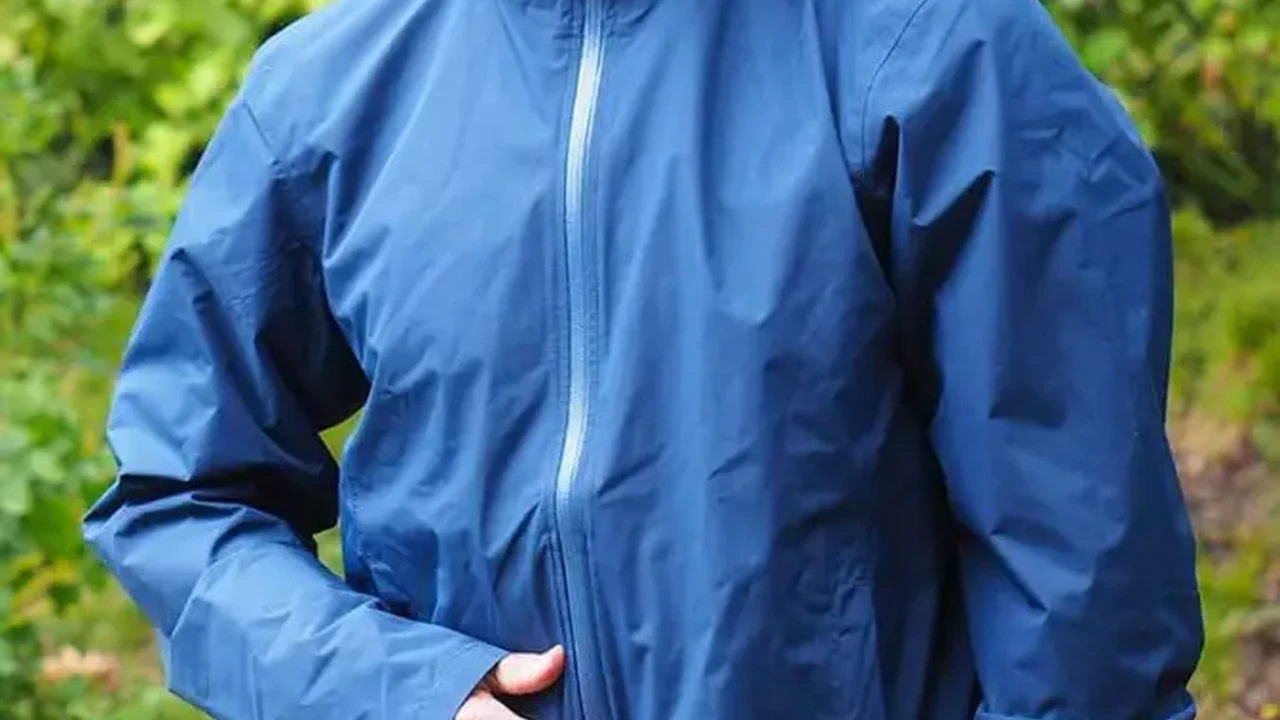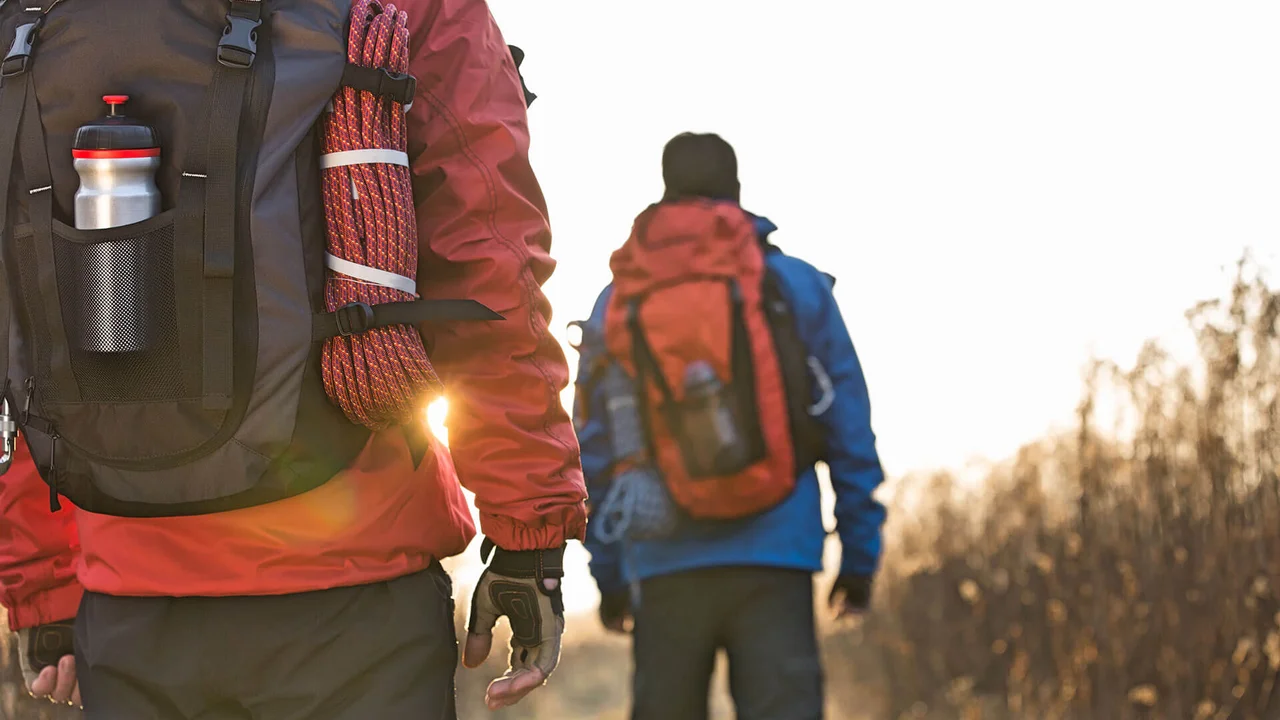Best Approach Shoes for Hiking to Crags
Reach the crag comfortably with the best approach shoes. Compare grip, comfort, and durability for hiking and light climbing.

Best Approach Shoes for Hiking to Crags
So, you're heading out for a day of climbing, right? You've got your ropes, your harness, your quickdraws, and your climbing shoes. But what about the journey to the crag? That often involves a hike, sometimes a pretty rugged one, and your fancy climbing shoes aren't exactly built for comfort or durability on the trail. That's where approach shoes come in. They're the unsung heroes of your climbing kit, bridging the gap between hiking boots and climbing shoes, offering a blend of comfort for the trek and enough grip for those tricky scrambles or light climbing sections.
Think of approach shoes as the ultimate hybrid footwear for climbers. They're designed to get you to the base of your climb efficiently and safely, often over varied terrain that might include loose scree, muddy trails, or even some low-grade rock climbing. They're more supportive and durable than trail running shoes, but lighter and more agile than traditional hiking boots. And crucially, they feature sticky rubber outsoles, similar to what you'd find on climbing shoes, giving you excellent traction on rock.
Choosing the right pair can make a huge difference to your day out. A good pair will feel comfortable on the hike in, provide confidence on technical approaches, and even be useful for belaying or just hanging out at the crag. A bad pair? Well, that could mean blisters, slips, and a generally miserable start (or end) to your climbing adventure.
Understanding Approach Shoe Essentials: Grip, Comfort, and Durability
When you're looking for the perfect approach shoe, there are three main pillars to consider: grip, comfort, and durability. Let's break them down.
Grip and Outsole Technology: Sticky Rubber for Rock Climbing Approaches
This is arguably the most critical feature of an approach shoe. The outsole is what connects you to the ground, and on technical approaches, you need serious traction. Most quality approach shoes use a 'sticky rubber' compound, often derived from climbing shoe technology. Brands like Vibram, Stealth Rubber (from Five Ten), and La Sportiva's FriXion offer excellent grip on both wet and dry rock.
Look for shoes with a 'climbing zone' or 'smearing zone' at the toe. This is a smooth, flat section of rubber designed for maximum contact and friction on slabs and low-angle rock. The rest of the outsole will typically have a lug pattern for traction on dirt and loose terrain. The balance between these two elements is key. Some shoes lean more towards hiking, with deeper lugs, while others are more climbing-oriented, with a larger smearing zone.
Comfort and Fit: All-Day Wear for Long Hikes to the Crag
You're going to be walking in these, sometimes for hours, so comfort is paramount. Unlike climbing shoes, which are often sized tightly, approach shoes should fit more like a comfortable hiking shoe. You want enough room for your toes to wiggle, but not so much that your foot slides around inside. Consider the cushioning in the midsole – some shoes offer more shock absorption for longer hikes, while others prioritize ground feel for technical scrambling.
The lacing system is also important. Many approach shoes feature an extended lacing system that goes all the way down to the toe, similar to climbing shoes. This allows for a highly customizable fit, letting you cinch them down for precise climbing or loosen them up for more comfort on the hike. Breathability is another factor, especially in warmer climates. Look for mesh panels or breathable upper materials to keep your feet from overheating.
Durability and Protection: Built to Last on Rugged Trails
Approach shoes take a beating. They're constantly rubbing against rocks, roots, and abrasive surfaces. So, durability is a must. Look for robust upper materials like leather, synthetic leather, or durable textiles. A full rand (a rubber strip that wraps around the base of the shoe) is a huge plus, offering protection against abrasion and adding to the shoe's longevity. Reinforced toe caps are also essential for protecting your toes from impacts.
The construction of the shoe matters too. Stitched uppers tend to be more durable than glued ones, though modern bonding techniques are very strong. Consider the overall build quality – a well-made shoe will last longer and perform better.
Top Approach Shoe Recommendations: Our Picks for Every Climber
Now that we know what to look for, let's dive into some of the best approach shoes on the market. We'll highlight their strengths, ideal use cases, and approximate price ranges.
La Sportiva TX4: The All-Rounder for Technical Approaches
The La Sportiva TX4 is a perennial favorite for a reason. It strikes an excellent balance between hiking comfort and climbing performance. It features a super sticky Vibram MegaGrip outsole with a dedicated climbing zone, making it fantastic for scrambling and light climbing. The leather upper is durable and molds to your foot over time, offering great comfort on long hikes. The extended lacing system allows for a precise fit.
- Ideal for: Technical approaches, multi-pitch climbing, general cragging.
- Key Features: Vibram MegaGrip outsole, leather upper, extended lacing, protective rand.
- Pros: Excellent grip, comfortable for long distances, very durable.
- Cons: Can be a bit warm in hot climates, not the lightest option.
- Price Range: $140 - $160 USD
- User Scenario: Perfect for a climber tackling a long, rocky approach to a multi-pitch route, where they need confidence on exposed sections but also comfort for the hike.
Five Ten Guide Tennie: The Classic Climbing-Focused Approach Shoe
The Five Ten Guide Tennie is a legendary shoe in the climbing world, known for its unparalleled grip. It uses Five Ten's proprietary Stealth C4 rubber, which is incredibly sticky on rock. This shoe leans more towards climbing performance, with a stiff midsole and a large climbing zone, making it excellent for precise footwork on technical terrain. While it's not as cushioned as some hiking-focused options, its durability and climbing prowess are unmatched.
- Ideal for: Highly technical approaches, scrambling, light bouldering, guiding.
- Key Features: Stealth C4 rubber outsole, durable suede upper, stiff midsole.
- Pros: Unbeatable grip on rock, very durable, precise climbing feel.
- Cons: Less cushioned for long hikes, can feel a bit stiff initially.
- Price Range: $120 - $140 USD
- User Scenario: A seasoned climber heading to a crag with a short but very technical approach, where they might even free-solo some low-grade sections to get to the base.
Arc'teryx Konseal FL 2: Lightweight and Agile for Fast Approaches
If speed and agility are your priorities, the Arc'teryx Konseal FL 2 is a fantastic choice. 'FL' stands for 'Fast and Light,' and this shoe lives up to its name. It's designed for quick, efficient movement over varied terrain, offering a blend of trail running shoe comfort with approach shoe grip. The Vibram Megagrip outsole provides reliable traction, and the breathable upper keeps your feet cool. It's less robust than some heavier options but excels in its intended use.
- Ideal for: Fast-paced approaches, trail running to crags, warmer weather.
- Key Features: Vibram Megagrip outsole, breathable mesh upper, lightweight design.
- Pros: Extremely lightweight, excellent breathability, good grip for its weight.
- Cons: Less durable than heavier options, less support for heavy loads.
- Price Range: $150 - $170 USD
- User Scenario: A climber who prefers to move quickly and lightly, perhaps trail running to a crag or doing a multi-pitch route where every gram counts.
Salewa Wildfire Edge: Versatility with a Unique 'Switchfit' System
The Salewa Wildfire Edge is an innovative approach shoe that offers a unique 'Switchfit' adjustment system. This allows you to quickly switch the shoe from a hiking mode (more relaxed fit) to a climbing mode (more precise, climbing-shoe-like fit) by simply tightening the laces. It features a Pomoca Speed MTN outsole, which provides good grip on both rock and trail. The shoe is robust and offers good protection, making it suitable for rugged terrain.
- Ideal for: Varied terrain, climbers who want a versatile shoe for both hiking and light climbing.
- Key Features: Pomoca Speed MTN outsole, 'Switchfit' system, robust construction.
- Pros: Highly versatile, excellent grip, good protection.
- Cons: Can be a bit stiff, 'Switchfit' system takes some getting used to.
- Price Range: $160 - $180 USD
- User Scenario: A climber who encounters a mix of long, moderate hikes and short, technical scrambles on their way to the crag, appreciating the ability to adjust their shoe's performance on the fly.
Black Diamond Technician Approach: Performance-Oriented and Durable
Black Diamond, a brand synonymous with climbing gear, brings its expertise to approach shoes with the Technician Approach. This shoe is designed for serious performance, featuring a sticky BlackLabel-Mountain rubber outsole that excels on technical rock. It's built with a durable EnduroKnit upper and a protective rand, ensuring it can withstand the rigors of demanding approaches. It offers a precise fit for climbing while still providing enough comfort for the hike.
- Ideal for: Technical climbing approaches, scrambling, multi-pitch routes.
- Key Features: BlackLabel-Mountain rubber, EnduroKnit upper, extended lacing.
- Pros: Excellent grip, very durable, precise fit for climbing.
- Cons: Less cushioning for long, flat hikes, can be a bit stiff.
- Price Range: $130 - $150 USD
- User Scenario: A climber who frequently tackles challenging approaches with significant scrambling or low-grade climbing, needing a shoe that feels secure and precise on rock.
Choosing Your Perfect Pair: Factors to Consider Beyond the Basics
Beyond grip, comfort, and durability, there are a few other factors that might influence your decision.
Terrain and Climate: Matching Your Shoes to Your Environment
Where will you be using these shoes most often? If you're primarily on dry, rocky terrain, a shoe with a larger smearing zone and super sticky rubber will be ideal. If you're dealing with a lot of mud, loose dirt, or wet trails, you'll want deeper lugs for better traction. For hot climates, breathability is key. In colder, wetter conditions, consider water-resistant or waterproof options, though these often sacrifice some breathability.
Weight and Packability: Carrying Your Shoes on the Climb
If you're doing multi-pitch climbs, you'll likely be carrying your approach shoes on your harness or in your pack once you switch to climbing shoes. In this scenario, weight and packability become important. Lighter, more flexible shoes will be easier to carry. Some shoes even have a loop on the heel specifically for clipping them to a harness.
Intended Use: More Than Just Approaches
Are you only using these for approaches, or do you want a versatile shoe for other activities? Some approach shoes double as excellent light hiking shoes, travel shoes, or even casual everyday footwear. If versatility is important, consider a shoe that offers a good balance of features rather than one that's overly specialized.
Foot Shape and Personal Preference: Try Before You Buy
Just like climbing shoes, fit is highly personal. What works for one person might not work for another. It's always best to try on several pairs if possible. Wear the type of socks you'd normally wear for hiking. Walk around, try to simulate some scrambling movements, and pay attention to any pressure points or areas of discomfort. A shoe that feels great in the store will feel even better on the trail.
Maintenance and Care: Extending the Life of Your Approach Shoes
Once you've invested in a good pair of approach shoes, you'll want to make them last. Here are a few tips:
- Clean Them Regularly: After each outing, brush off any loose dirt, mud, or debris. If they're really dirty, you can wash them with mild soap and water. Avoid harsh detergents or machine washing, as this can damage the materials and glues.
- Dry Them Properly: Let your shoes air dry naturally. Avoid direct heat sources like radiators or campfires, as this can cause the materials to crack or shrink. You can stuff them with newspaper to absorb moisture and help them retain their shape.
- Store Them Correctly: Store your shoes in a cool, dry place away from direct sunlight.
- Inspect for Wear: Regularly check the outsole for excessive wear, especially the climbing zone. Once the sticky rubber wears down, the shoe's performance on rock will significantly decrease. Check the rand and upper for any tears or damage.
- Consider Resole: For high-quality shoes with durable uppers, resoling the outsole can be a cost-effective way to extend their life. Many climbing shoe repair shops also resole approach shoes.
By taking good care of your approach shoes, you'll ensure they continue to provide reliable performance and comfort for many climbing adventures to come. They might not get the same glory as your send-crushing climbing shoes, but they're an indispensable part of your outdoor gear arsenal, getting you to the base of the climb safely and comfortably, ready to tackle whatever rock awaits.
:max_bytes(150000):strip_icc()/277019-baked-pork-chops-with-cream-of-mushroom-soup-DDMFS-beauty-4x3-BG-7505-5762b731cf30447d9cbbbbbf387beafa.jpg)






